Harvest Lane Honey Liquid Bee Feed with Essential Oils
The Harvest Lane Honey Liquid Bee Feed with Essential Oils is for use during fall, winter and spring feeding. This honey bee food can also be used during times of dearth or lack of nectar and pollen. Designed for placement in your feeder, this bee food mixture comes ready for use.
The Harvest Lane Honey Liquid Bee Feed with Essential Oils is for use during fall, winter and spring feeding. This honey bee food can also be used during times of dearth or lack of nectar and pollen. Designed for placement in your feeder, this bee food mixture comes ready for use.
- Liquid bee feed is made with essential oils that help encourage healthy building of hives
- Use liquid Bee Feed during times of dearth or lack of nectar and pollen
- Bee food mixture also works well in hives that are weak
- Ready for use and does not have to be mixed
- Use instead of traditional sugar water, fill feeder (in-hive, entrance or top feeder)
- Do not use during honey flow
Ingredients
SUCROSE, WATER, SPEARMINT OIL, LEMONGRASS OIL, LECITHIN, POLY POLYSORBATE 80K
Guaranteed Analysis
| Guranteed Analysis | As Fed |
|---|---|
| Crude Protein Min | 0.1 |
| Crude Fat Min | 0.1 |
| Crude Fiber Max | 0.5 |
Feeding Guide
Directions for use: Pour “Feed for Bees” into your Bee Hive feeder (Top Feeder, In-Hive Feeder or Entrance Feeder). Spray on new foundations to encourage acceptance. Do not feed your bees while honey supers are on the hive. Feed your bees in early spring and late fall. Use for emergency feeding when nectar isn’t in abundance.
Additional information
| Country of Origin | Made in USA |
|---|---|
| Food Product Form | Syrups and Liquids |
| Package Size | 1 gal. |
| Packaging Type | Bottle |
| Product Height | 6 in. |
| Product Length | 6 in. |
| Product Weight | 8.25 lb. |
| Product Width | 12 in. |
| Manufacturer Part Number | FEEDLQ-103 |

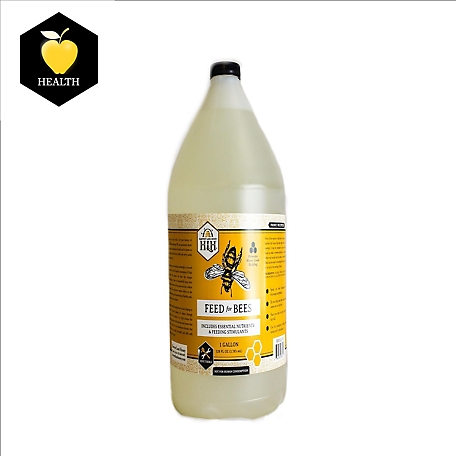
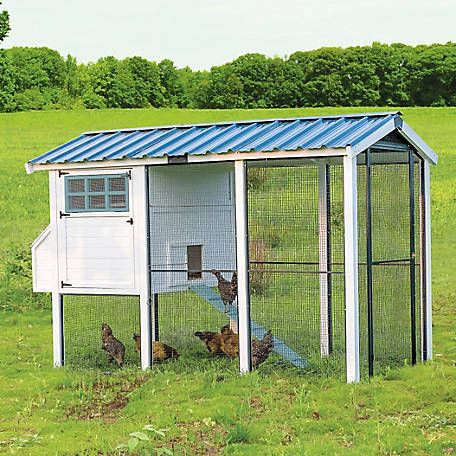
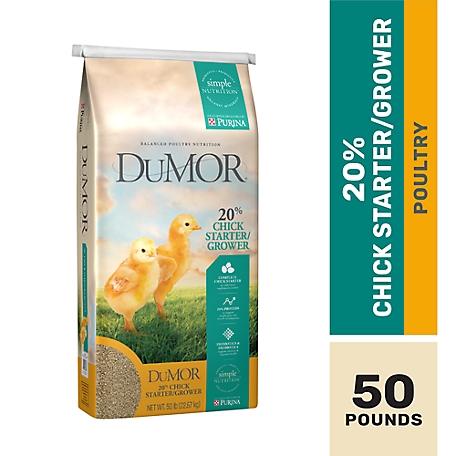

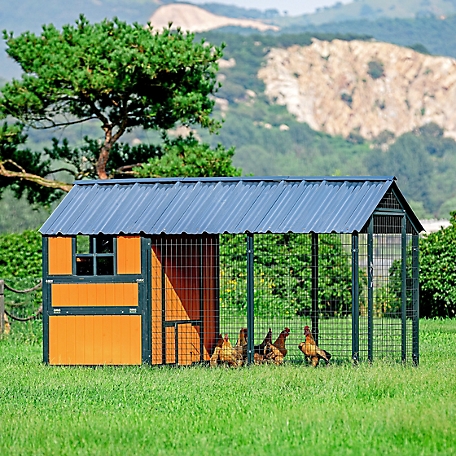

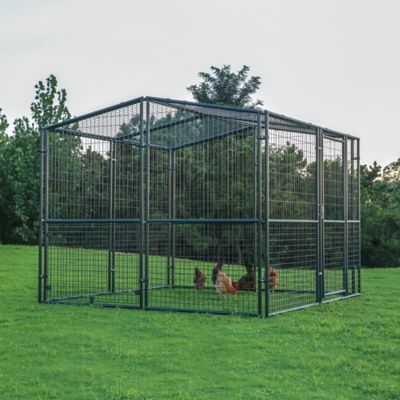
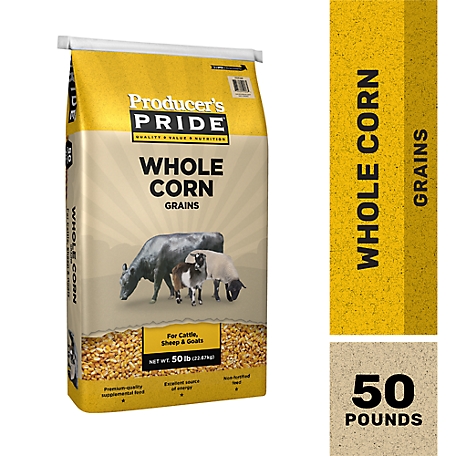
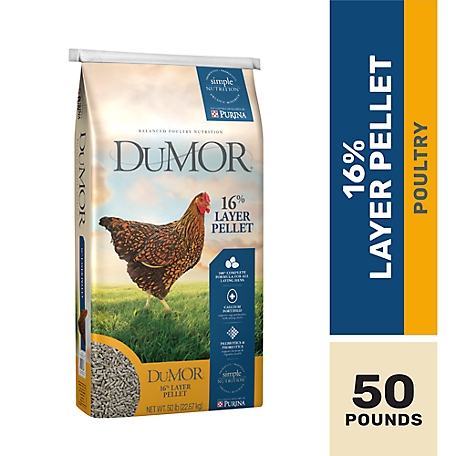
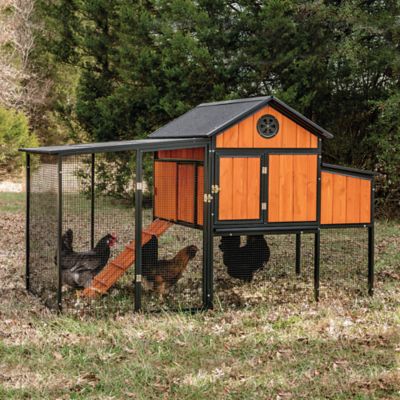
by Brynda
Order for a few items including this was messed up and had o be reordered. That being said, I love this item, it’s healthy for my bees during the worst of pollen times.
by Larry
good product and price.
by Edward
Got my new hives off to a great start.
by Daniel
Yummy liquid gold!